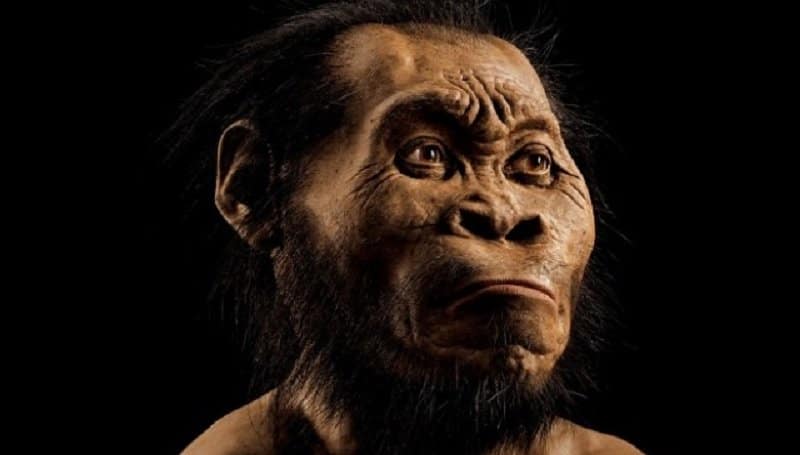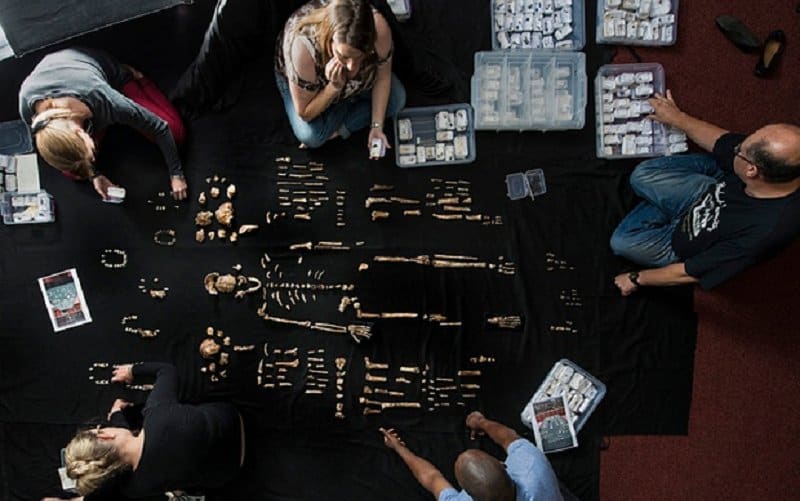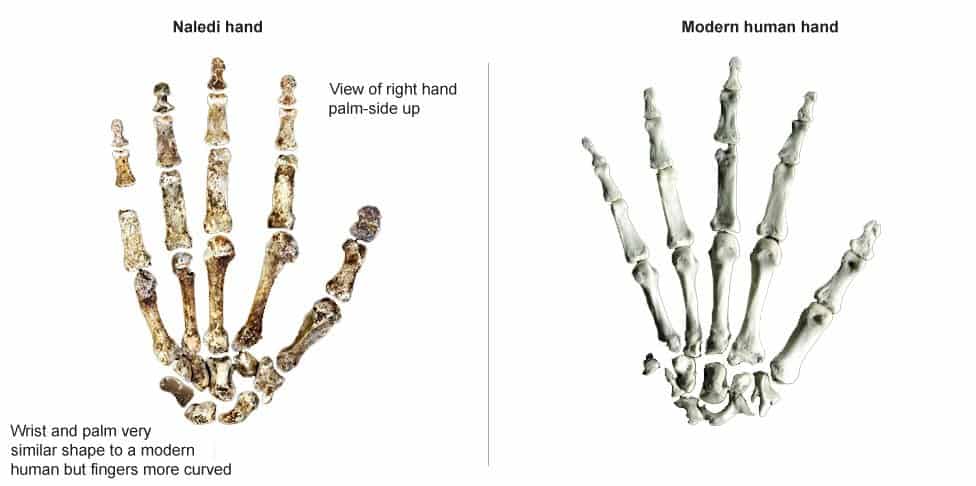
Scientists Discover New Species Of Early Human
A group of researchers and scientists from the University of Witwatersrand, in collaboration with National Geographic, have discovered a huge collection of fossils that indicate a brand new species of early human. The find includes 15 separate partial skeletons and it is by far the largest singly discovery of bones from a near-human species ever in Africa.
The new species has been classified in the genus homo, the same grouping that modern humans are a part of though they have a name of naledi rather than sapiens. They are believed to have lived in Africa up to three million years ago, making them far older than our own species, which is believed to have evolved around 200,000 to 100,000 years ago.

According to the researchers, naledi can be considered a bridge between humans and the primitive bipedal primates that came before. They also share many of the same traits as homo sapiens, including smaller teeth, skull shape and basic hand structure.
“We’d gone in with the idea of recovering one fossil,” Professor Lee Berger said, who led the team. “That turned into multiple fossils. That turned into the discovery of multiple skeletons and multiple individuals. And so by the end of that remarkable 21-day experience, we had discovered the largest assemblage of fossil human relatives ever discovered in the history of the continent of Africa. That was an extraordinary experience.“

The fact that the bones have been so well preserved and because there are so many examples, including those from children, males, females and the elderly, scientists will be able to learn more about this species than most other. Generally, studies depend on just a few fragments of bone or an intact skull.



